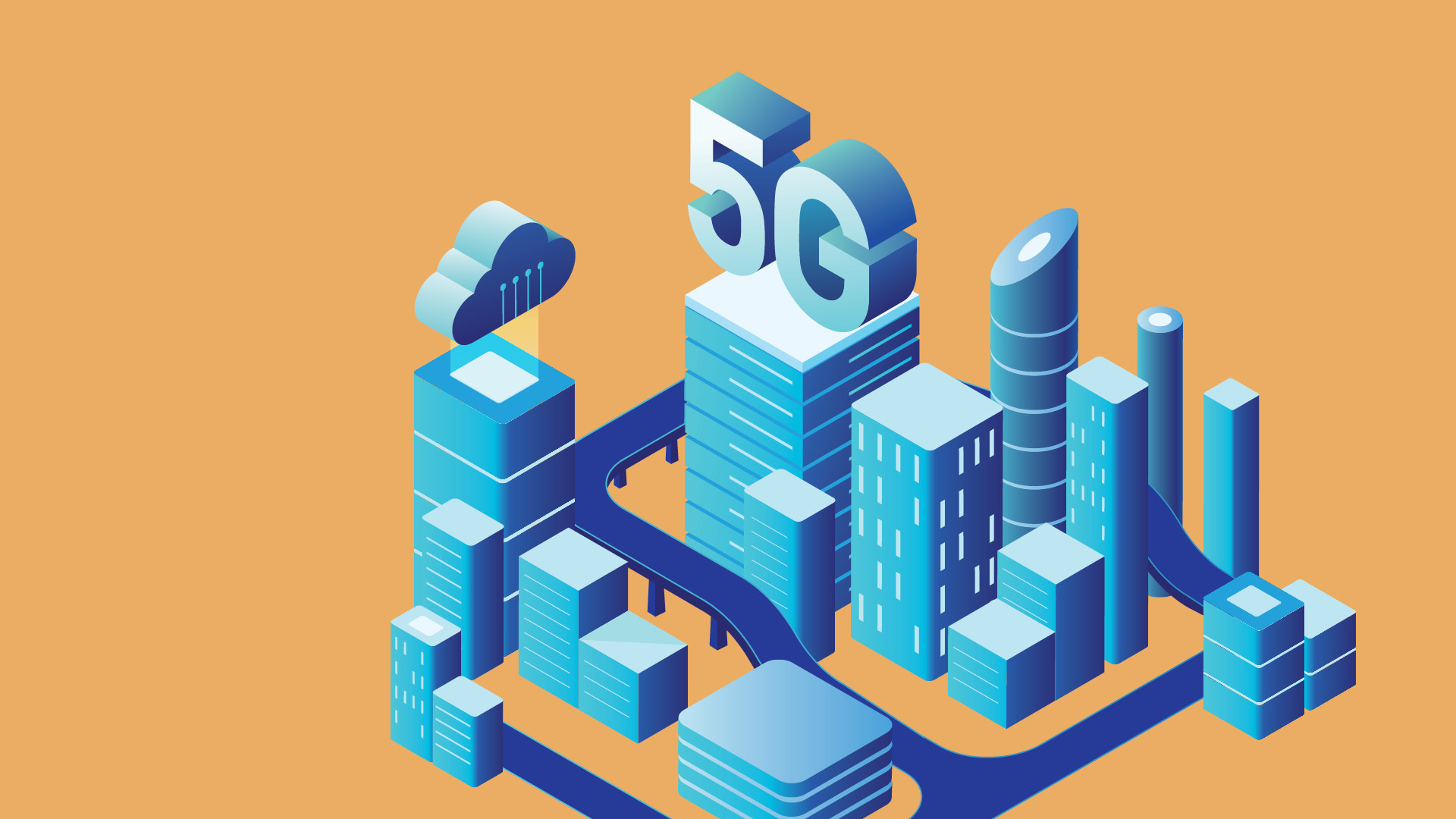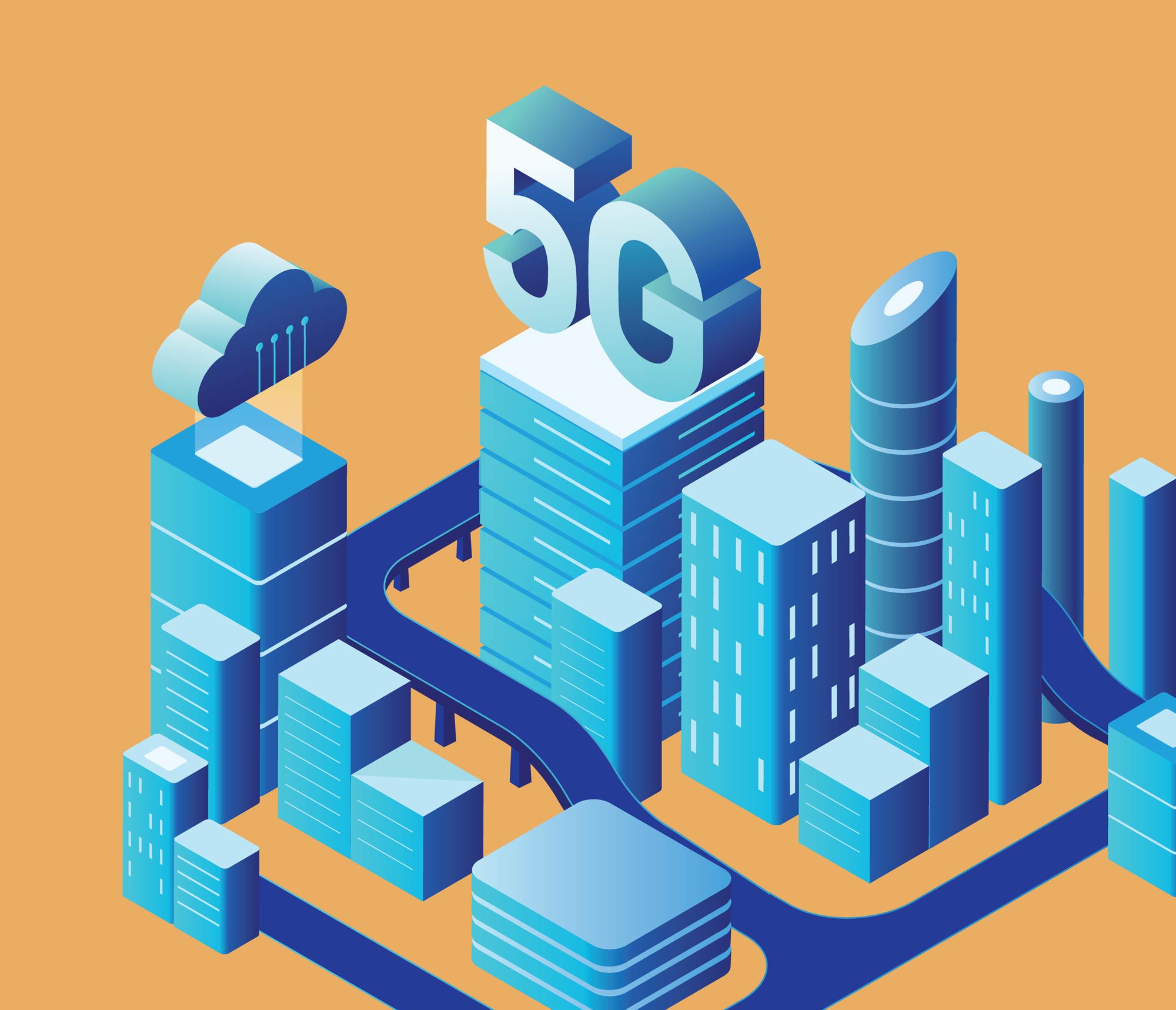- Arbitration
- Banking & Finance
- Capital Markets
- Commercial
- Competition
- Construction & Infrastructure
- Corporate / Mergers & Acquisitions
- Corporate Services
- Corporate Structuring
- Digital & Data
- Dispute Resolution
- Employment & Incentives
- Family Business & Private Wealth
- Innovation, Patents & Industrial Property (3IP)
- Insurance
Find a Lawyer
Book an appointment with us, or search the directory to find the right lawyer for you directly through the app.
Find out more
Level Up: Unlocking Financial Potential In The Middle East
Welcome to this edition of Law Update, where we focus on the ever-evolving landscape of financial services regulation across the region. As the financial markets in the region continue to grow and diversify, this issue provides timely insights into the key regulatory developments shaping banking, investment, insolvency, and emerging technologies.


2025 is set to be a game-changer for the MENA region, with legal and regulatory shifts from 2024 continuing to reshape its economic landscape. Saudi Arabia, the UAE, Egypt, Iraq, Qatar, and Bahrain are all implementing groundbreaking reforms in sustainable financing, investment laws, labor regulations, and dispute resolution. As the region positions itself for deeper global integration, businesses must adapt to a rapidly evolving legal environment.
Our Eyes on 2025 publication provides essential insights and practical guidance on the key legal updates shaping the year ahead—equipping you with the knowledge to stay ahead in this dynamic market.
The leading law firm in the Middle East & North Africa region.
A complete spectrum of legal services across jurisdictions in the Middle East & North Africa.
-
Practices
- All Practices
- Banking & Finance
- Capital Markets
- Commercial
- Competition
- Construction & Infrastructure
- Corporate / Mergers & Acquisitions
- Corporate Services
- Corporate Structuring
-
Sectors
-
Country Groups
-
Client Solutions
Today's news and tomorrow's trends from around the region.
17 offices across the Middle East & North Africa.
Our Services
 Back
Back
-
Practices
- All Practices
- Banking & Finance
- Capital Markets
- Commercial
- Competition
- Construction & Infrastructure
- Corporate / Mergers & Acquisitions
- Corporate Services
- Corporate Structuring
- Digital & Data
- Dispute Resolution
- Employment & Incentives
- Family Business & Private Wealth
- Innovation, Patents & Industrial Property (3IP)
- Insurance
- Intellectual Property
- Legislative Drafting
- Private Client Services
- Private Equity
- Private Notary
- Projects
- Real Estate
- Regulatory
- Tax
- Turnaround, Restructuring & Insolvency
- White Collar Crime & Investigations
-
Sectors
-
Country Groups
-
Client Solutions

- Law Firm
- /
- Insights
- /
- Law Update
- /
- May 2019
- /
- Living on the Edge: Edge Computing and the New Micro Data Centre Topology
Living on the Edge: Edge Computing and the New Micro Data Centre Topology
Martin Hayward - Head of Digital & Data - Digital & Data
Ian Arnott - Head of Hospitality Development - Real Estate
 Introduction
Introduction
Until very recently, the data centre world looked very different. Massive giga-data centres were being built at the network core to manage and store enormous amounts of data. This was where cloud computing services were housed and supplied.
That was before the Internet of Things (‘IoT’) and 5G mobile networks and their impact on both telecommunications networks and data centres. With the proliferation of billions of IoT devices (internet connected (‘smart’) devices) and the greater bandwidth offered by 5G mobile networks to support them, telecommunications networks, and the data centre ecosystem they connect with, are undergoing rapid, material change.
This change has been so fundamental that Gartner announced in 2018 the end of the traditional data centre as we currently know it by 2025. Data workloads, Gartner announced, will be managed very differently. Out of this change has come (network) edge computing.
So, what is edge computing?
‘Edge computing’ is defined by the research group IDC as a “mesh network of micro data centres that process or store critical data locally and push all received data to a central data centre or cloud storage repository.” It is a new, distributed, digital infrastructure focused on meeting new business needs. It is important to note that edge computing includes both smart devices themselves, such as drones, which perform a lot of the computing functions that would normally be managed in a cloud, as well as mini-data centres performing what are termed ‘near cloud’ functions on the network edge.
A new agile, scalable, network infrastructure has emerged at the network edge, but why is it needed?
Connected cars are a great example of why micro data centres are springing up at ‘edge’ locations. Loaded with IoT devices (sensors, etc.) to enable autonomous driving, connected cars (basically, high powered computers on wheels) are generating huge amounts of data that need to be processed as quickly as possible. Latency is a critical issue for connected cars. The distance data has to travel to be processed, and the time it takes to do it, has to be shortened as much as possible to ensure safe, reliable driving.
As a result, the software that processes the data needs to be much closer to the IoT devices collecting the data. It cannot wait to flow back to the central data centre, be processed in a cloud and then sent back. It cannot be dependent on network bandwidth issues. That is where edge computing comes in.
With the huge growth in data that IoT devices will generate and 5G mobile networks will circulate, bandwidth constraints mean that data has to be processed differently. A lot of the data that IoT devices will process will not be as critical as connected car sensor data or the data pumping out from medical wearables and other healthcare smart devices. It may be largely inconsequential data, for example, sensor data confirming that industrial or manufacturing systems are functioning properly. There is no reason to add this data to the huge amounts of data being pumped back over the network to the cloud. This data can be processed locally at the ‘edge’, with only the important data routed back to the cloud.
Edge computing will not replace the traditional data centre or the cloud computing resources housed in these data centres. The new breed of micro data centre will become an addition to this established digital infrastructure, extending a lot of the computing resources traditionally housed in centralised cloud environments further out into the network. Processing data closer to the edge of the network will be particularly helpful in areas of poor or intermittent network connectivity where it is difficult to quickly and easily get data to (and back from) the data centre at the network core and which cannot support full cloud computing environments with all their connectivity needs. It also helps to manage sporadic power supply in remote areas (for example, supporting the IoT devices needed to manage large scale agribusiness).
The micro data centres sit along the route between the IoT device and the data centre. They will be increasingly used to perform key data processing functions such as data analytics, applying machine learning and artificial intelligence. Those network connections between the edge computing resources and the central data centre-based cloud form what has become known as the fog computing infrastructure (an article for another time!).
It is worth noting that edge computing is not a new concept, just a hugely expanded one. For many years, the financial services industry has focused on placing computing resources as close to its business as possible. Stock exchanges built data centres close to the trading floor, ensuring low latency and high computing power to quickly process huge amounts of business (and time) critical financial trading data.
In addition to the benefits edge computing brings with lower latency, faster real-time data processing and analysis and increased application efficiency, by building out a micro data centre ecosystem at the network’s edge, organisations also effectively manage their risk if there is an issue with their centralised cloud environment or a network failure.
Key to the expansion of edge computing will be the enhanced customer experience it provides. With the ever increasing use of devices for accessing content, such as video streaming, and the need to provide a high quality digital performance with low latency, edge computing will provide an important new infrastructure.
Where will we find these micro data centres? Due to their smaller size, they will be found in many different locations. IDC estimates that much of the new edge computing infrastructure will take up less than 100 sq. feet. Many will be situated close to, or co-located as part of, mobile tower infrastructure. It makes sense to locate them on such existing infrastructure for easy access to network connectivity and power as well as to simplify access for support and maintenance work. This will also offer a physically secure location.
In addition, it is likely that these micro data centres will be deployed within commercial and residential buildings (for example, smart buildings). Smart buildings are those that use interconnected IoT technologies to share information about the building between their various systems, such as those controlling heating, ventilation, air-conditioning, lighting and security, in order to automate processes and enhance user experience. The use of edge computing and micro data centres either in, or very close to, such buildings could greatly increase efficiency and reduce costs through making real time adjustments to such systems in response to changes in the building environment and occupancy levels. It would also allow rapid, automated responses to system failures or security breaches.
What are some of the key issues edge computing will raise?
Data security is becoming a big issue as edge computing infrastructure develops. There are differing viewpoints on whether edge computing provides greater or lesser data security. It reduces the data held in the centralised cloud; arguably, reducing the impact of a cloud data breach, and reduces the amount of data moving up and down networks vulnerable to cyber- attack. By decentralising some data processing and storage functions, there is the counter argument that it provides a great many more cyber targets. Data encryption, access controls and network security will be key to protecting edge computing systems in addition to physical security management. The result will be increasingly complicated technology environments.
Edge computing will also impact (and be impacted by) the current trend, seen both in the Middle East and elsewhere, for data localisation. With the growing mandate for certain categories of data to be held locally, within particular countries, rather than stored in centralised cloud environments located outside the countries, edge computing with its localised storage and processing capability may well help meet some of these data localisation requirements.
Finally, as regional Middle East data protection laws and regulations roll out, in addition to specific IoT requirements, edge computing infrastructures will need to be assessed to ensure that they meet these legal requirements. More complex digital infrastructures will throw up new and interesting data protection and cybersecurity regulatory questions.
Al Tamimi & Company’s Technology, Media & Telecommunications team regularly advises customers and suppliers on the delivery of large scale, business critical MEA telecommunications and technology projects. For further information please contact Martin Hayward (m.hayward@tamimi.com) and for further information related to Real Estate, please contact Ian Arnott (i.arnott@tamimi.com).
Stay updated
To learn more about our services and get the latest legal insights from across the Middle East and North Africa region, click on the link below.


